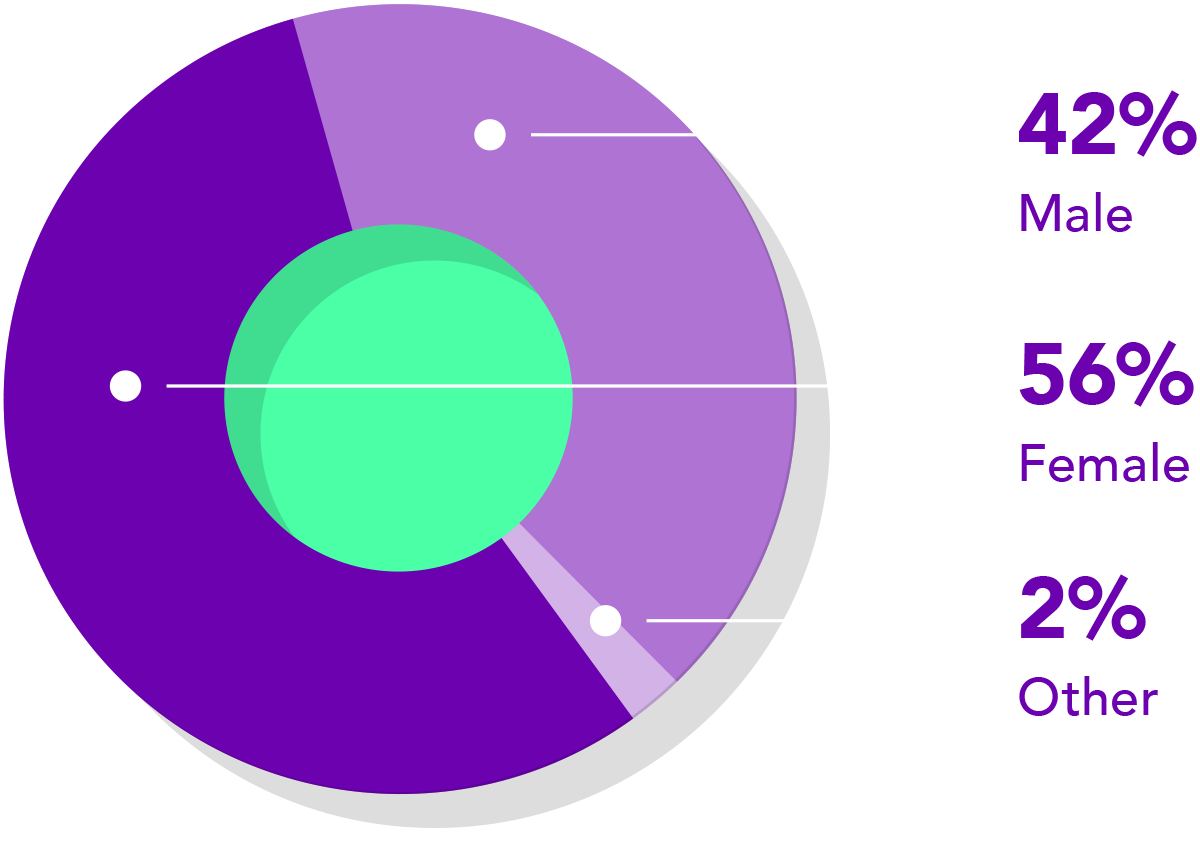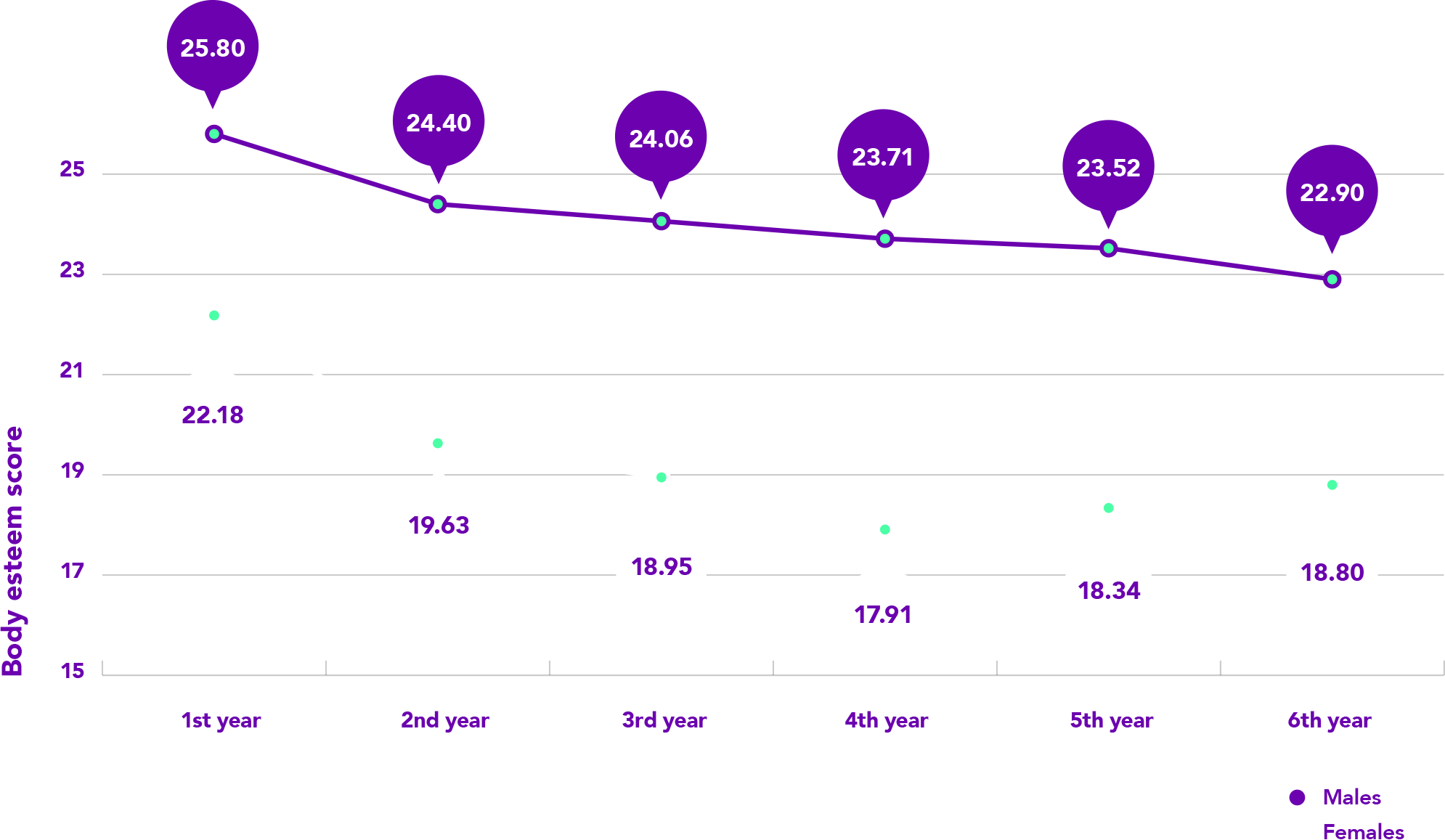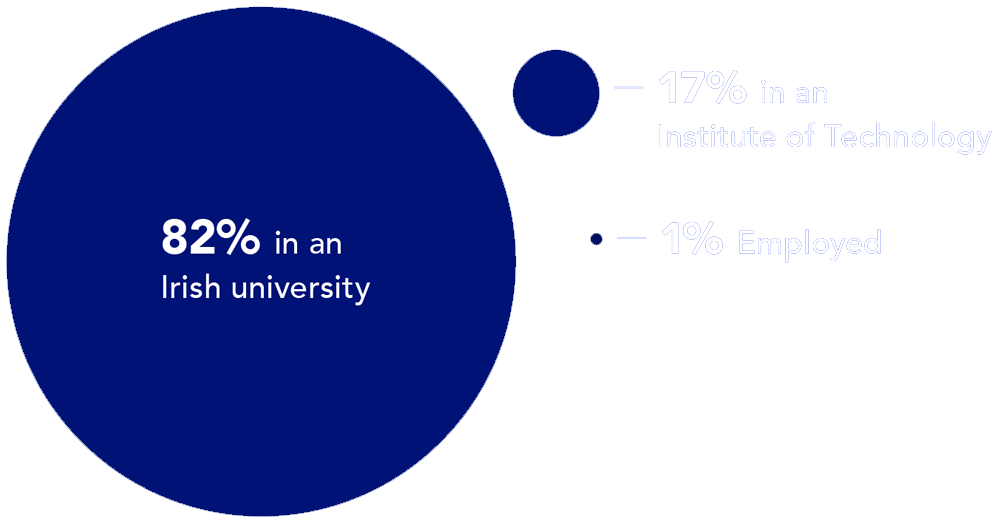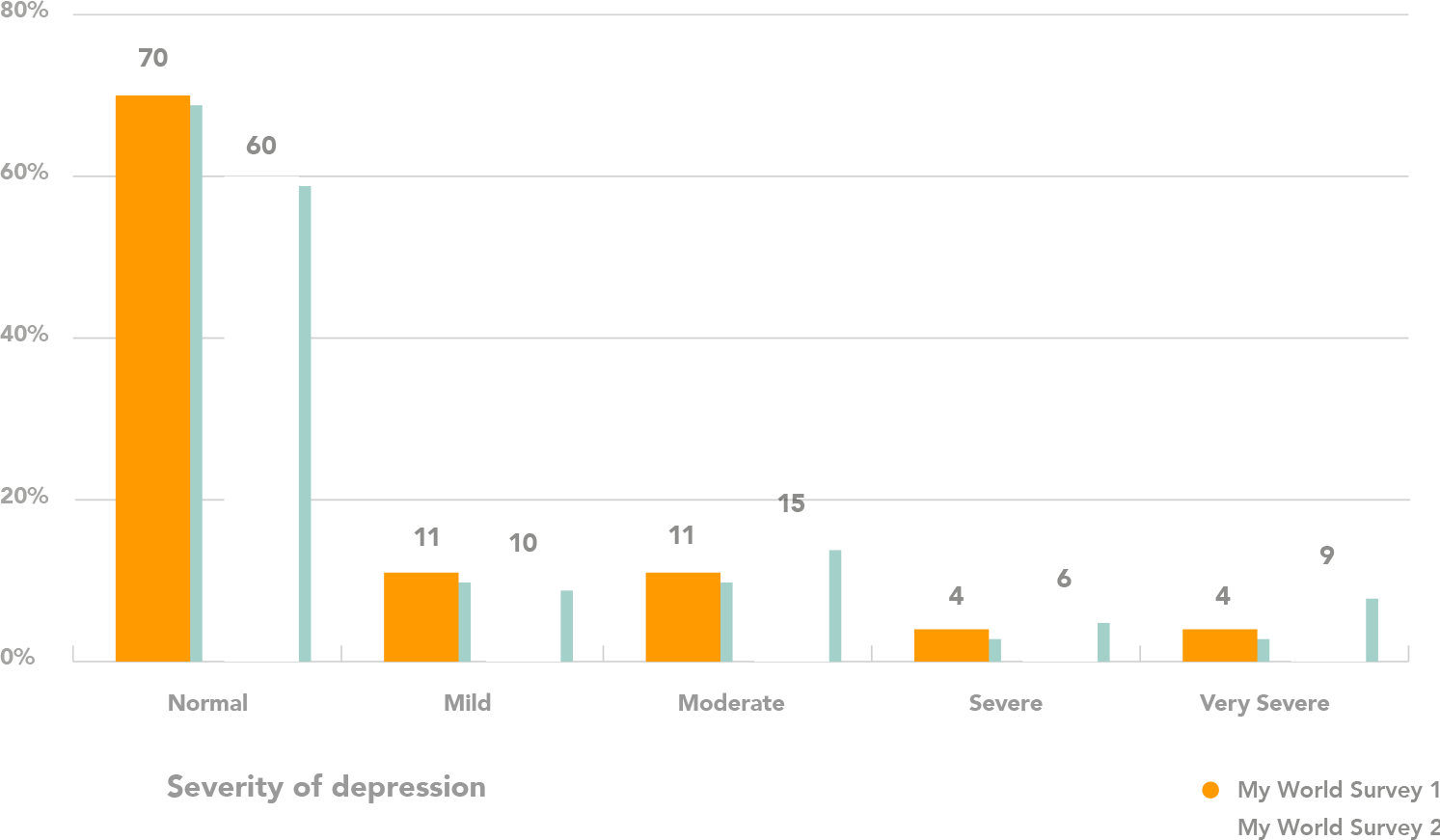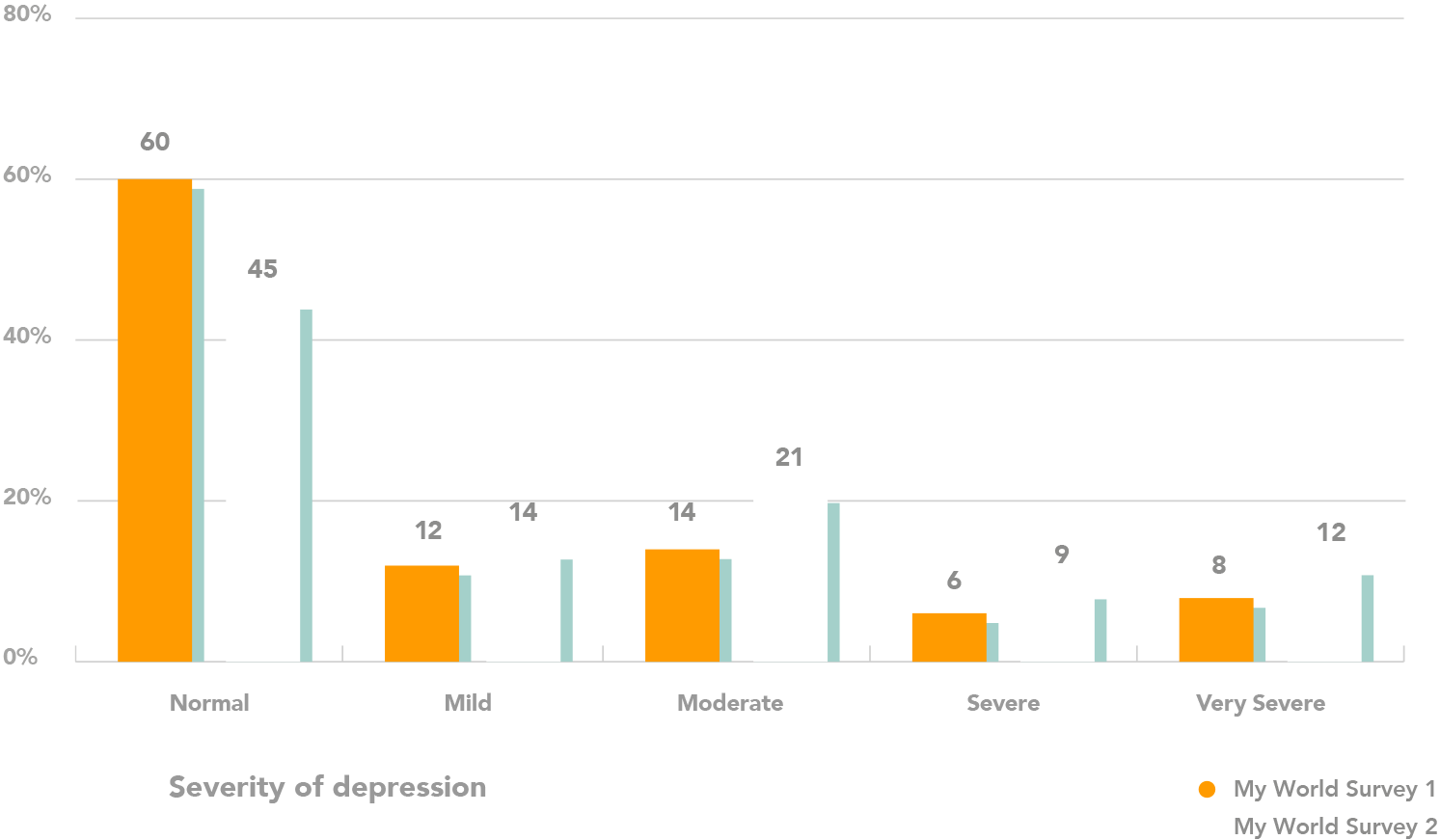
Findings
Overall...
The scope and richness of the data gathered by My World Survey 2 allow us to see how different elements and experiences in the life of a young person may be related to their mental health.
The landscape of youth mental health continues to change in Ireland. For example, comparisons of the current research with My World Survey 1 indicate that there has been a notable increase in anxiety and depression among young people. However, there have been some positive changes in other areas, such as a reduction in the amount of bullying reported.
As in My World Survey 1, the findings show relationships may be inextricably linked to young people’s mental health. The most common stressful life events for adolescents and young adults centred around relationships, while many young people reported turning to friends and family for support with mental health difficulties. The importance of the availability of One Good Adult® in young people’s lives was highlighted in the findings.
Physical activity and good sleep hygiene were clearly linked with better mental health. The findings also showed that many young people reported engaging in appearance-altering strategies which were linked to lower body esteem.
The findings show the relative importance of mental health difficulties with regard to the number of days absent from school, college, or work. Young people with a long-term mental health difficulty had signifficantly more days absent from their role in the previous month than those who reported a physical health condition or no long-term health condition.
The findings suggest that many adolescents and young adults may be using social media to build on and extend their social connections in real life, and there may be some benefits to spending time online. However, there was a significant relationship between time spent online (more than three hours) and higher levels of depression and anxiety and lower levels of body esteem.
